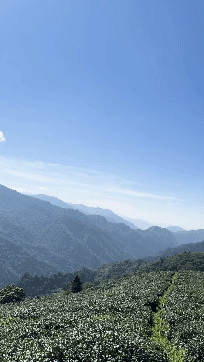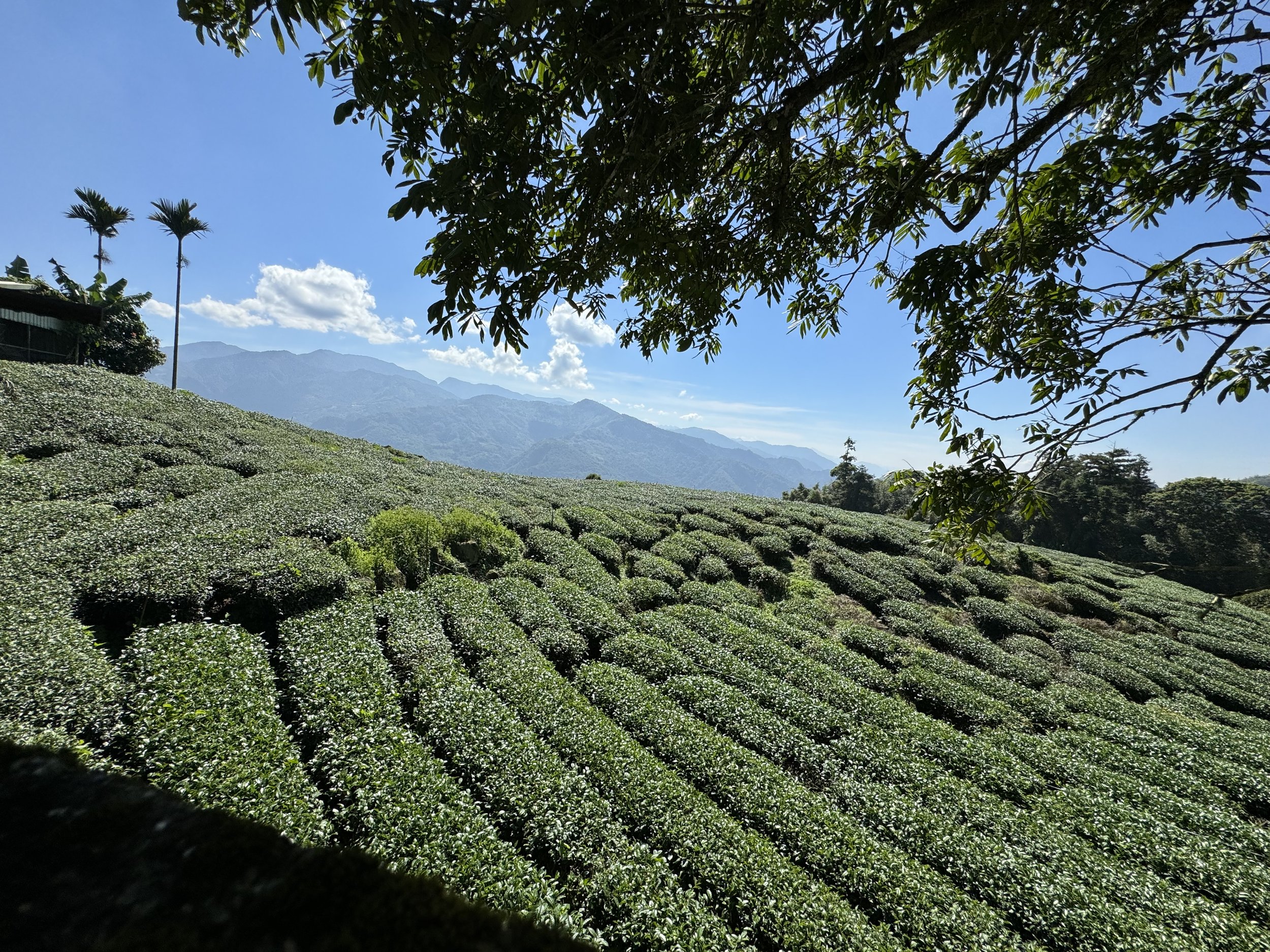 Image 1 of 4
Image 1 of 4

 Image 2 of 4
Image 2 of 4

 Image 3 of 4
Image 3 of 4

 Image 4 of 4
Image 4 of 4





milk oolong (winter '24)
Organic tea farm
Origin : Alishan Township, Chiayi County, Taiwan
Elevation : 1300 meters
Cultivar : Jinxuan ‘milk oolong’ (金萱)
Harvest:Winter ‘25, first flush
Tasting Notes: Cream, green anjou pear, wildflowers
Recommended Brewing: Steep 5g / 205 degrees / 60 sec / multiple brews
Organic tea farm
Origin : Alishan Township, Chiayi County, Taiwan
Elevation : 1300 meters
Cultivar : Jinxuan ‘milk oolong’ (金萱)
Harvest:Winter ‘25, first flush
Tasting Notes: Cream, green anjou pear, wildflowers
Recommended Brewing: Steep 5g / 205 degrees / 60 sec / multiple brews
Organic tea farm
Origin : Alishan Township, Chiayi County, Taiwan
Elevation : 1300 meters
Cultivar : Jinxuan ‘milk oolong’ (金萱)
Harvest:Winter ‘25, first flush
Tasting Notes: Cream, green anjou pear, wildflowers
Recommended Brewing: Steep 5g / 205 degrees / 60 sec / multiple brews
A unique style of green oolong, our milk oolong is famous from the high mountain growing region of Alishan. Directly translated from Mandarin, jinxuan (金萱) mean golden daylily. However the English name has been affectionately dubbed “milk”. Why? The jinxuan cultivar of the tea plant was developed by the Taiwanese Tea Research & Extension Station (TRES) to produce a creamy, milky aroma with a buttery smooth broth. Milk it is! Using the Liu family’s special oxidation style, this winter’s harvest of milk oolong is truly an exemplar of the style. With top notes of cream, a hint of fruitiness, and a touch of headiness like wildflowers or daisy in the broth, we know you’ll love this green oolong.
A refresher: what's a "milk" oolong?
Commonly referred to as 'milk' oolong in foreign markets for its creamy, buttery texture and flavor reminiscent of milk, this oolong is a cultivar developed by the Taiwanese tea research entity (TRES) and called 金萱 (jin1xuan1). If that sounds familiar, it is! this is the same cultivar/farm/tea plants that we use to produce our famed black oolong.
Both our milk oolong and black oolong are harvested at the same time and roasted at the same temperatures + duration, yet their appearance and flavors are wildly different. How? It's all in the oxidation process. We let the milk oolong oxidize for ~25% and the black oolong hit ~90%. The oxidation process breaks down the cell walls in the tea leaf causing flavor change and making the leaf more pliable and susceptible to heat. Outcome? The milk oolong tastes more floral and vegetal, whereas the black oolong is malty and chocolatey. delicious!
Finally, it's important to note that there's a bit of a counterfeit market for milk oolongs. Because the milky characteristics are so highly desired, many tea producers and distributors will add fake flavors to the teas. So here's a tip, if you ever find yourself smelling a milk oolong and it's fragrance is a little too good to be true, do some digging into the supply chain - you may not be drinking just tea leaves. and while you all know it, it's worth sharing again here, all my teas are organic and tested within Taiwan. This stuff is pure 💎
